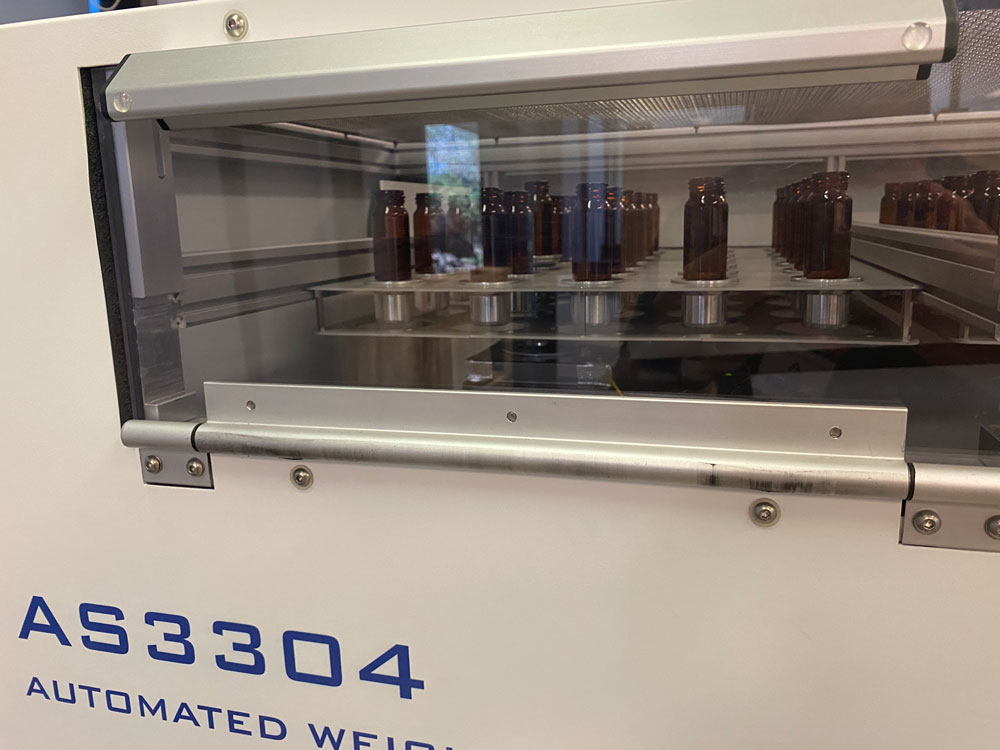Discover new ways to use and apply various methodologies to the automated pH robots and acid-base titration analyzers in your lab.
Blog
Sulfur Carbon Analyzer for Organics Blog
Types of Carbon Sulphur analyers and their methodologies, furnace design and other applications for Carbon Sulphur organic analysers.
Automated Precision Weighing Blog
Why automating laboratory weighing improves the laboratory weighing process and how various weighing systems can be used for various precision weighing tests.
The Labfit Blog
How is Carbon Read on the CS1232 Analyser
CS1232 and Carbon by Infrared The CS1232 Carbon analyser reads organic Carbon by converting the C to CO2. This conversion process takes place when the organic material, usually pulverised to 70 um or less, is placed into a crucible and then into the combustion resistance furnace. The furnace is purged of all interfering atmosphere with Oxygen to provide an Oxygen rich enviroment.
Read moreAutomated pH Measurement

Why Automating pH Measurement is Important Automation of pH allows for a more consistent recording of measurements undertaken. However, it is important that the automation instrument has the means to accurately control the precision of the pH test been performed. Stirrer speeds, the type of stirrer used, electrode washing and pH meter settings all play a key role in accuracy and precision of any soil or water pH test. Studies have found that automated pH measurement is far more accurate than a manual measurement as the manual method usually involves using the pH electrode to stir the medium. This results in loss of sensitivity on the pH electrode junction (glass bulb) as the abrasive nature of the stirring in this manner slowly wears away the thin wall of the glass bulb.
Read moreTotal Dissolved Solids by Gravimetric Analysis

What are Total Dissolved Solids? Total Dissolved Solids or TDS, is a measure to identify the total soluble solids within a solution. The test is usually performed on drinking water as a high total dissolved solids measurement (greater than 500mg/l) can be harmful for human consumption. Total dissolved solids do not include gases, colloids, or sediment, but consist chiefly of Carbonates, bicarbonates, Chlorides, Sulphates, Phosphates, and Nitrates of Calcium, Magnesium, Sodium, and Potassium, with traces of Iron, Manganese and other elements.
Read more